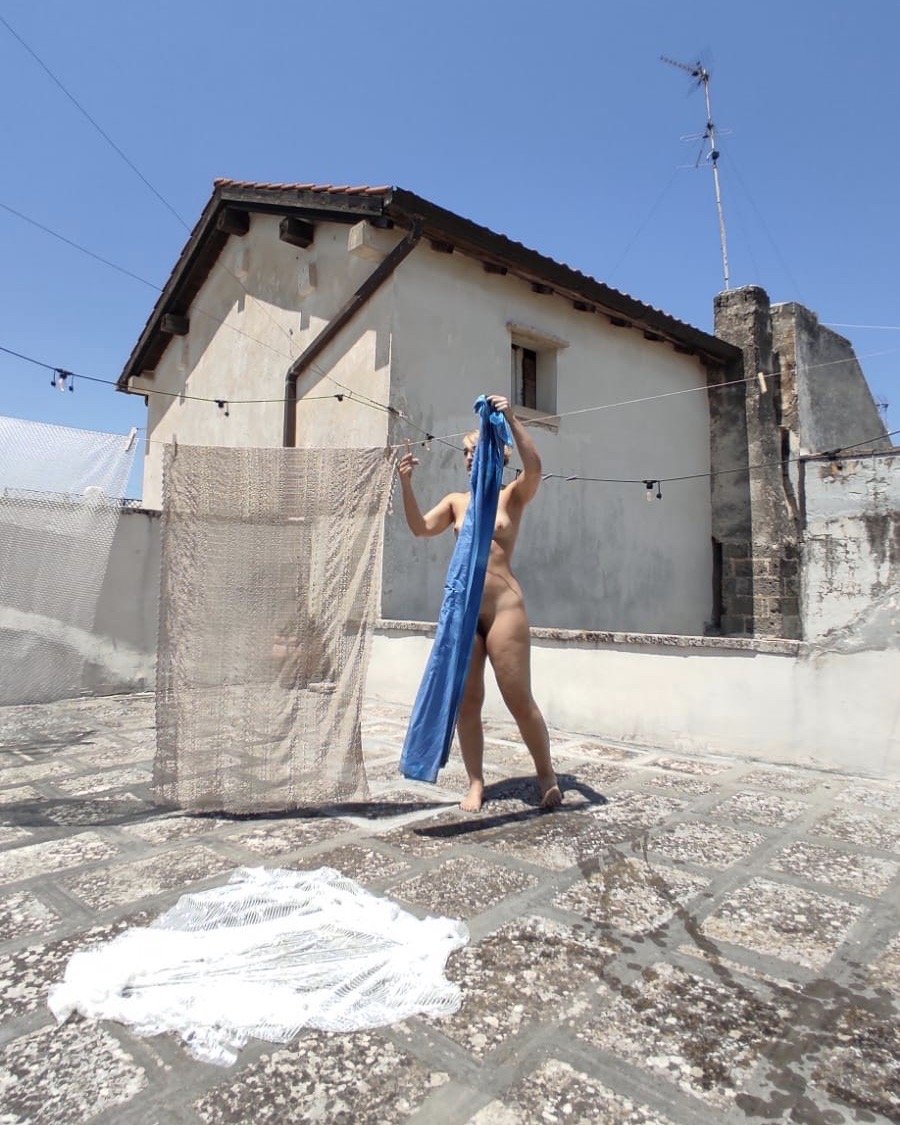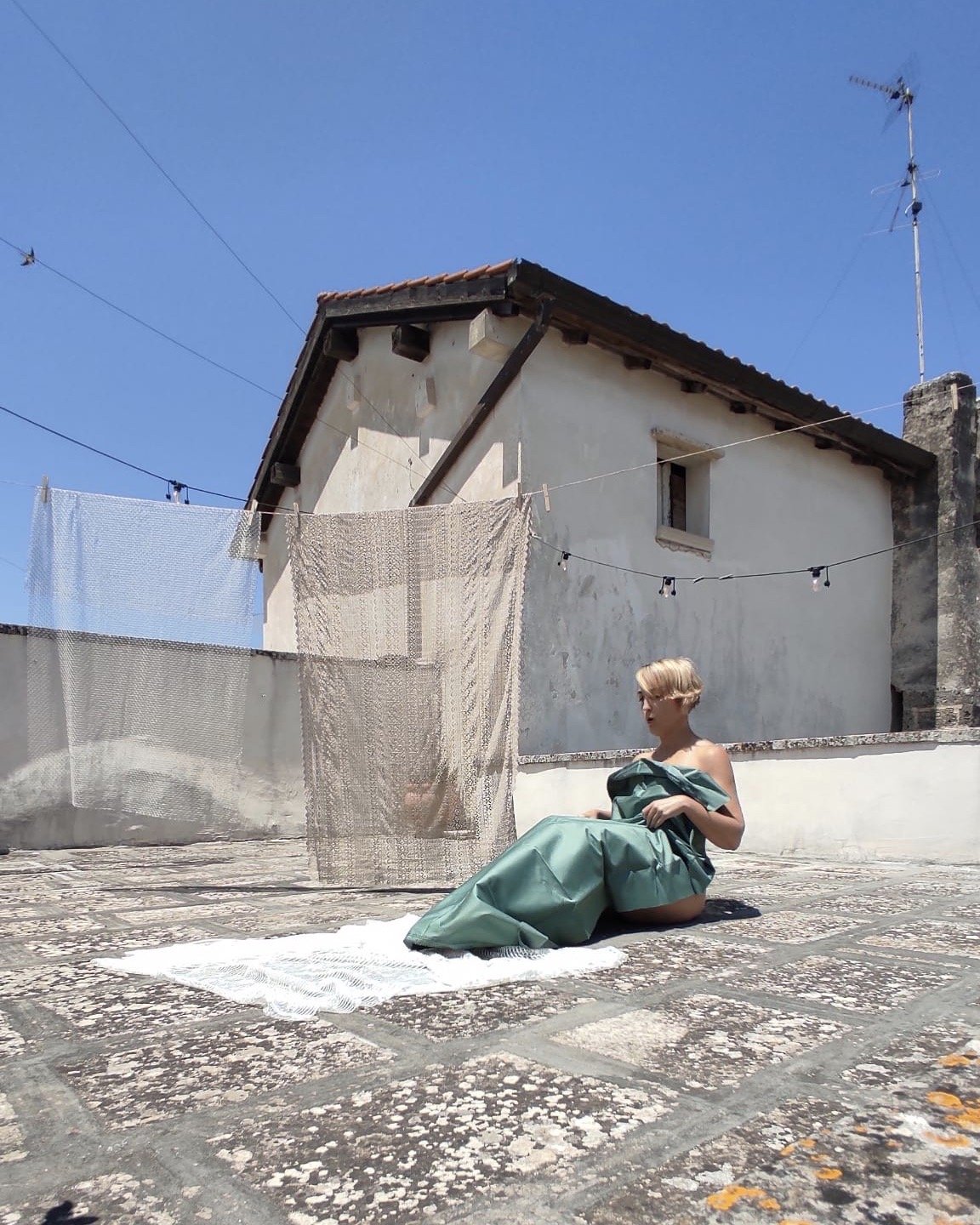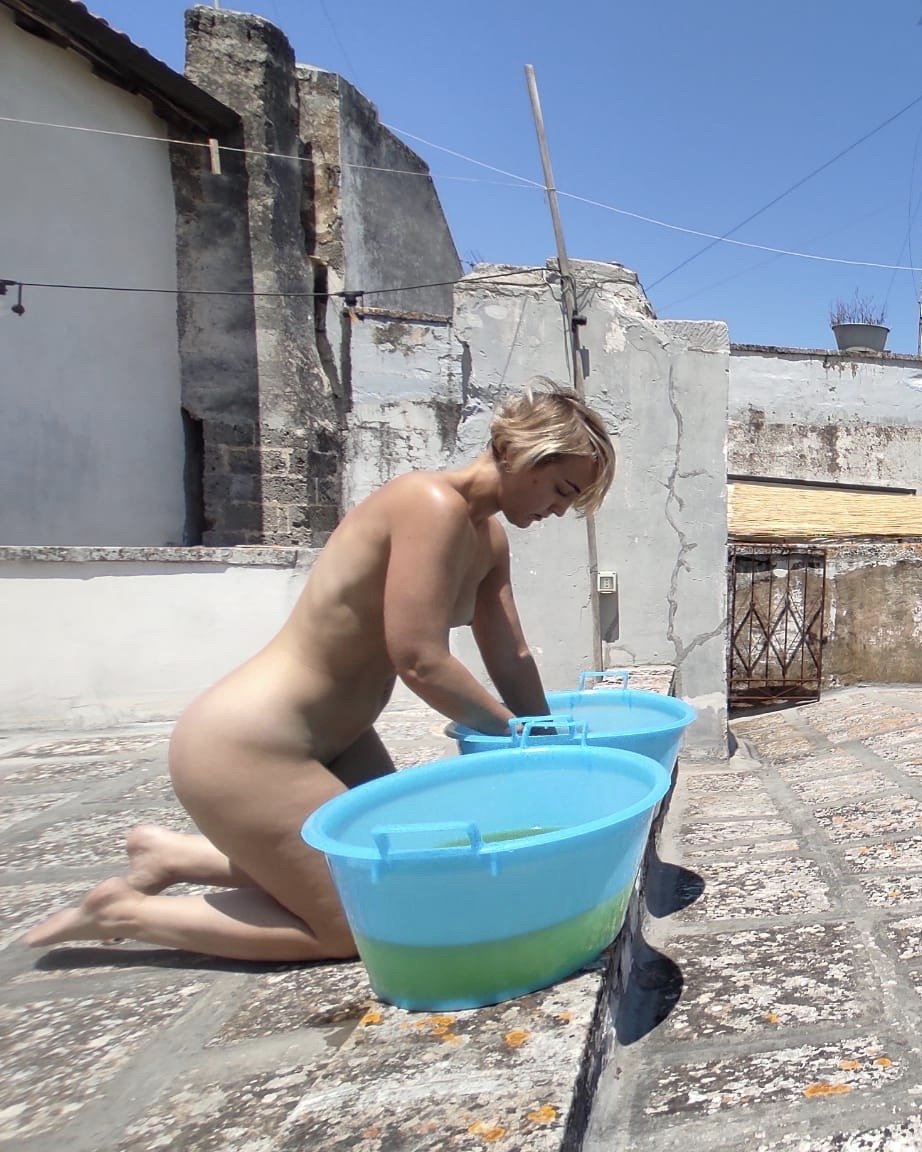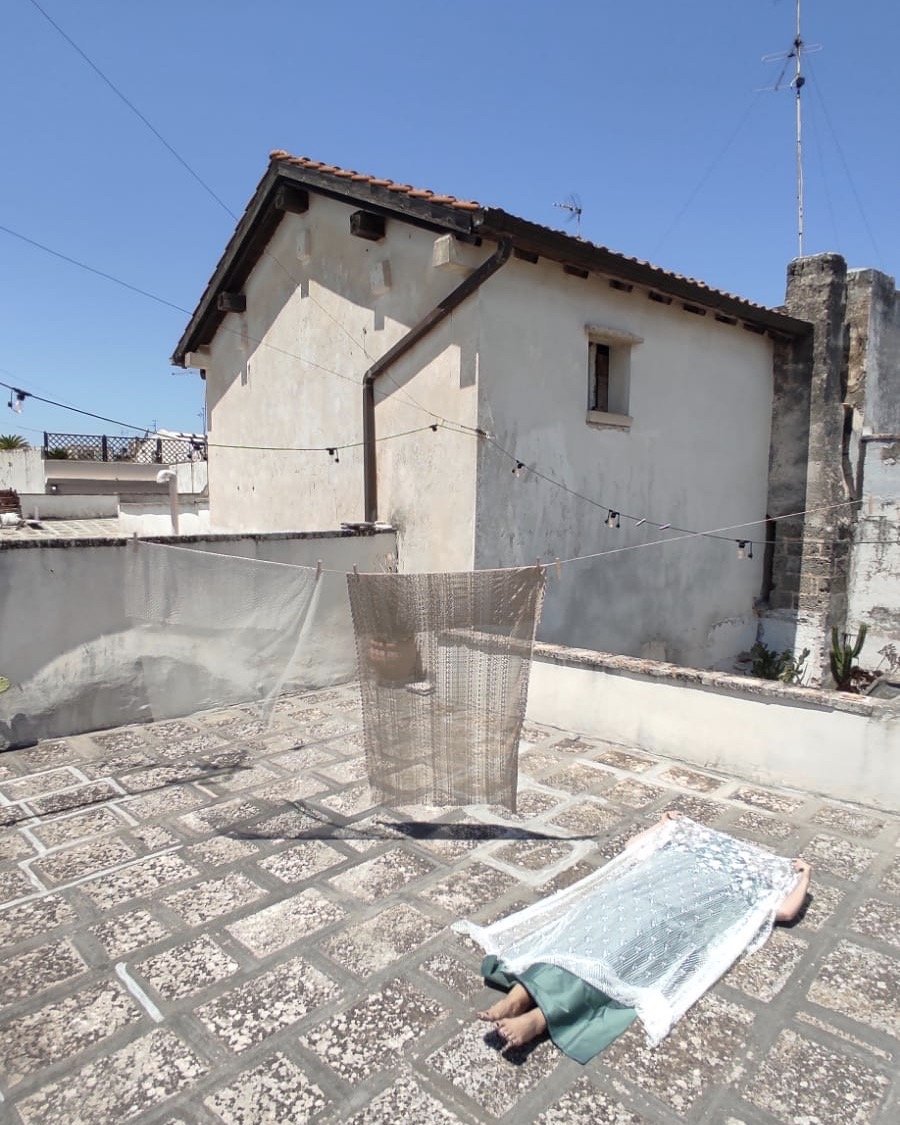SARAH SUDHOFF
Resident June 2023
Sarah Sudhoff is a Cuban-American artist based in Houston, Tx. Her work has been exhibited at Blaffer Art Museum, McNay Art Museum, Donggang Photo Museum, Austin Museum of Art, Pioneer Works, Luckman Gallery, Magenta Foundation, Filter Photo, Contemporary Arts Center New Orleans, Galveston Arts Center, and the Colorado Photographic Arts Center.
Articles including her work have appeared in The New York Times, Wired, Time, Cabinet, and Southwest Contemporary. Sudhoff’s research and residencies have been supported by Artpace, Tiffany Foundation, Penland School of Craft, McColl Art Center, Houston Arts Alliance, Kinsey Institute, and the DoSeum.
Sudhoff's recent visiting artist lectures include Rice University, RMIT University in Melbourne, Rhode Island School of Design, Blaffer Art Museum, Health & Wellbeing International Conference in Oxford, England, and Material Selves: Health, Gender and Performance symposium at the University of London.
Sudhoff’s recent and forthcoming exhibitions and performances include; UNC Greensboro; Visual Arts Center, Richmond; Aurora Picture Show, Houston, Texas; Louise Hopkins Underwood Center for the Arts, Lubbock; Satellite Art Fair, Miami; Blaffer Art Museum, Houston; Blue Star Contemporary, San Antonio; Ellio Fine Art, Houston; Ivester Contemporary, Austin; and ICOSA Collective, Austin.
Sudhoff completed an MFA in Photography from Parsons School of Design, New York, and a BA in Journalism and Photography from the University of Texas at Austin.
‘The Past is Ever Present’ private performance, June 20, 2023 for Domus guests.
“The Past is Ever Present explores the use of cyanotypes, an alternative photographic process of Prussian blue color. The images in this series are imprinted with lace patterns found in window/entrance coverings of the homes surrounding Domus, in Galatina, Italy.
It was twenty years exactly that I last visited Italy. Many of those first impressions brought me back here. The infinite blue of sky and sea. The blue cloak of the Madonna. I have been visiting the faded and broken frescos at the nearby, Basilica Santa Caterina d'Allessandria. Something about the faded frescos and seeing the drawings underneath and underlying structure is very moving for me. I’m not exactly sure, but this work feels like remnants of a past life or journey, both private and public. A map of sorts, revealing and yet obscuring at the same time.
Textiles have the ability to create tangible expressions of ephemeral experiences and encapsulate a specific time and place. They also, naturally, often speak to the feminine or domestic realm. Textiles have featured throughout my work. Most notably, in my photographic series, At the Hour of Our Death, I document bedding, pillows and floor coverings imbued with the passing of human life. Most recently, in Vigil for the 21, I modified red mylar emergency blankets into American flags, serving as a thin veil of protection against gun violence. This new textile work explores, through lace ornamentation, domestic roles, matriarchal lineage, and public/private expressions of self – the saintly, the erotic, the ornamental or mysterious.
The video, photographs, and self-portraits feature lace hanging on washing lines, on top of the roof. The material serves as both another signifier of domestic space but also as a threshold between private and public experiences. The almost invisible, delicate material flows in the wind, dancing, seen in juxtaposition to the harsher architectural structures and materials surrounding it.
In processing the cyanotypes, each print develops in the sun over 4-5 minutes and therefore is a unique record of time and place. Once the fabrics have been rinsed and dried, the lower half of the bright-blue photographs are bleached away, producing varying shades of yellow/ochre without removing the underlying patterns of lace. I am interested in exploring, through the repetitive process of making/printing, washing, unmaking/bleaching, and rewashing, to reveal unique patterns and the residue of what remains.”





